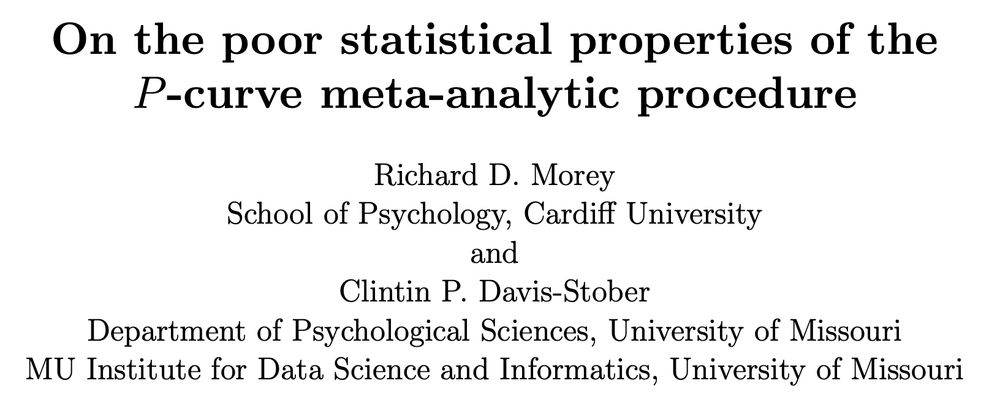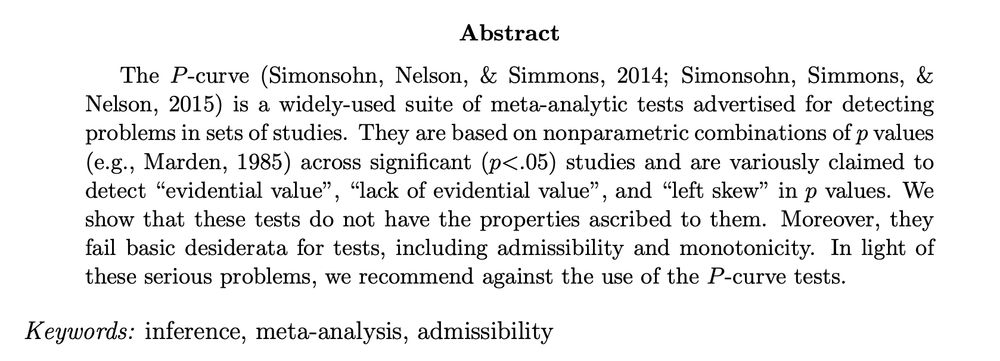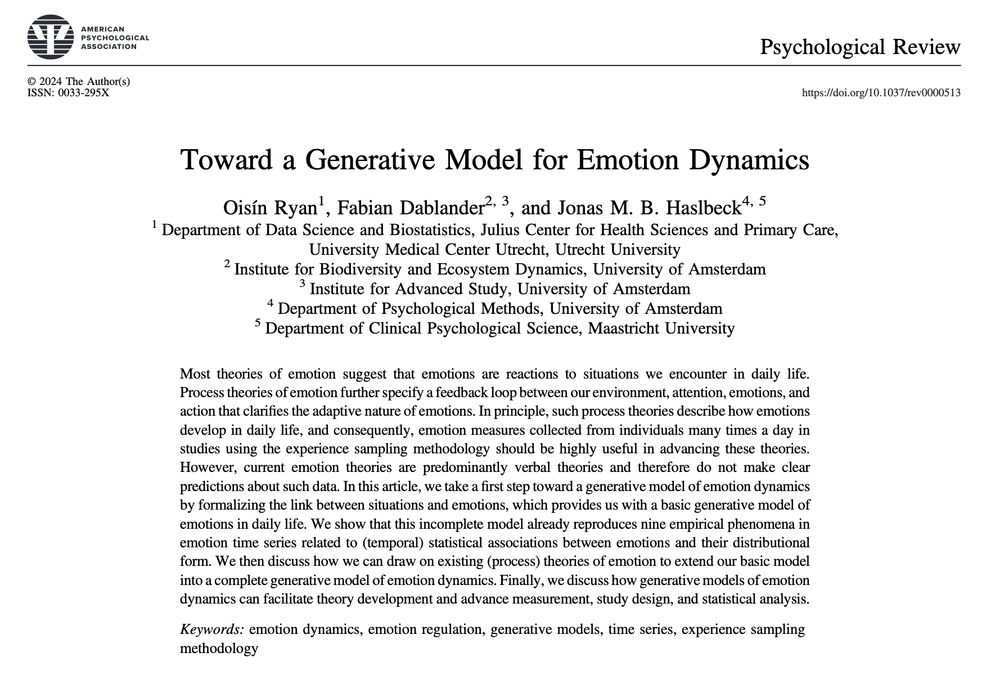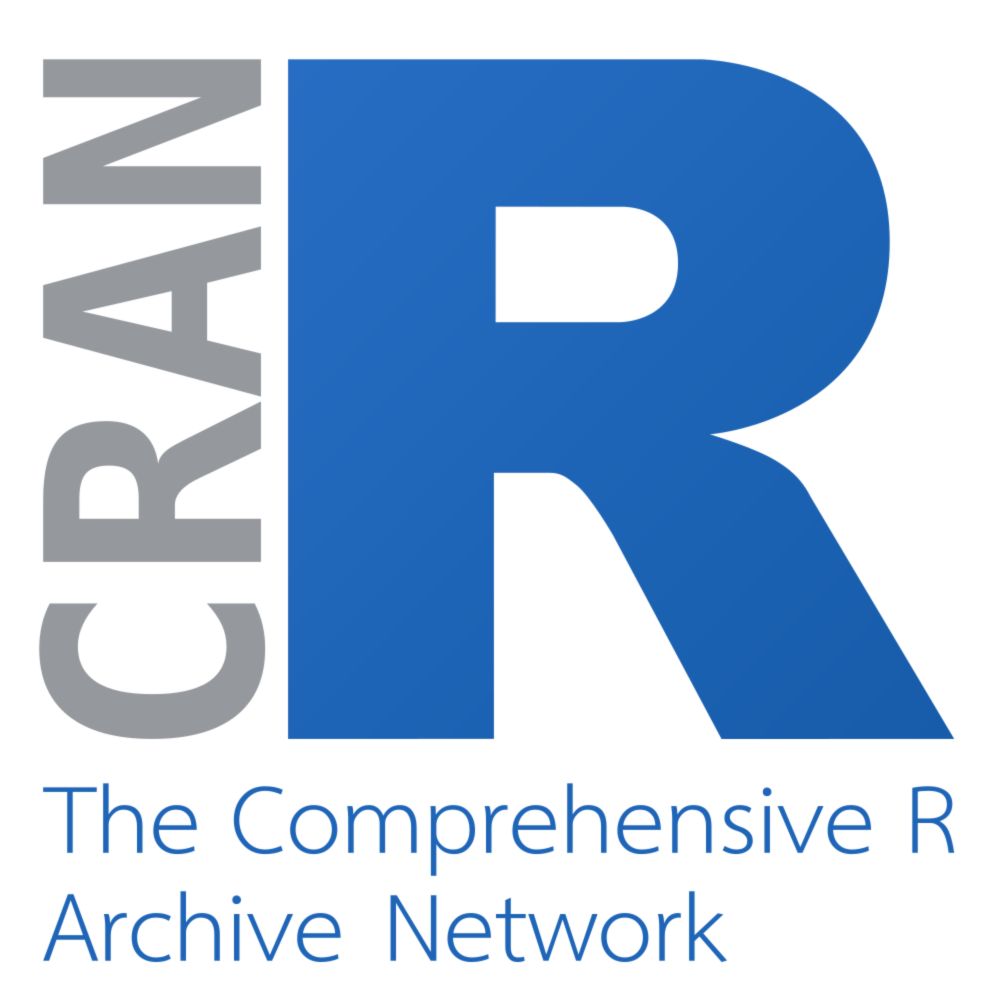Maarten Marsman
@maartenmarsman.bsky.social
690 followers
140 following
17 posts
Assistant Professor at the University of Amsterdam
Posts
Media
Videos
Starter Packs
Pinned
Reposted by Maarten Marsman
Reposted by Maarten Marsman
Nina Zeelen
@ninazeelen.bsky.social
· Jul 20
Reposted by Maarten Marsman
Reposted by Maarten Marsman
Reposted by Maarten Marsman
Reposted by Maarten Marsman
Reposted by Maarten Marsman
Reposted by Maarten Marsman
Daniel Heck
@danielheck.bsky.social
· Apr 23
Reposted by Maarten Marsman
Max Hinne
@maxhinne.bsky.social
· Mar 26
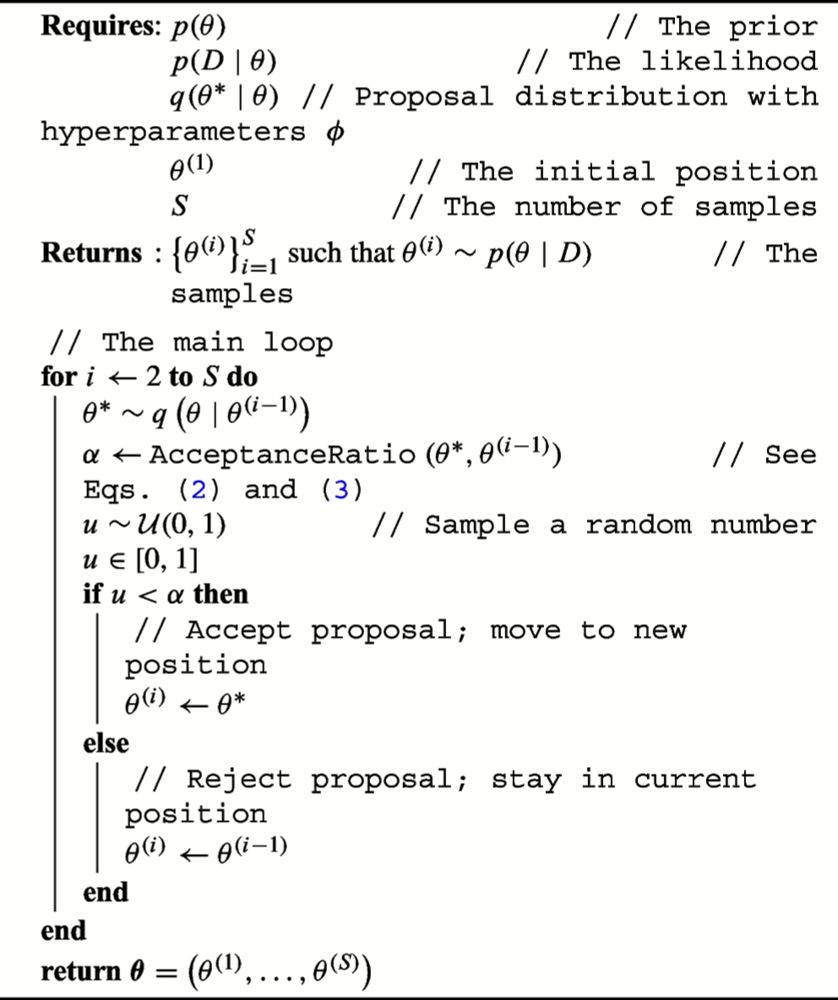
An introduction to Sequential Monte Carlo for Bayesian inference and model comparison—with examples for psychology and behavioral science - Behavior Research Methods
Bayesian inference is becoming an increasingly popular framework for statistics in the behavioral sciences. However, its application is hampered by its computational intractability – almost all Bayesi...
link.springer.com
Reposted by Maarten Marsman
Karoline Huth
@karolinehuth.bsky.social
· Jan 24
PsyArXivBot
@psyarxivbot.bsky.social
· Jan 16
Reposted by Maarten Marsman

![R code and output showing the new functionality:
``` r
## pak::pkg_install("quentingronau/bridgesampling#44")
## see: https://cran.r-project.org/web/packages/bridgesampling/vignettes/bridgesampling_example_stan.html
library(bridgesampling)
### generate data ###
set.seed(12345)
mu <- 0
tau2 <- 0.5
sigma2 <- 1
n <- 20
theta <- rnorm(n, mu, sqrt(tau2))
y <- rnorm(n, theta, sqrt(sigma2))
### set prior parameters ###
mu0 <- 0
tau20 <- 1
alpha <- 1
beta <- 1
stancodeH0 <- 'data {
int<lower=1> n; // number of observations
vector[n] y; // observations
real<lower=0> alpha;
real<lower=0> beta;
real<lower=0> sigma2;
}
parameters {
real<lower=0> tau2; // group-level variance
vector[n] theta; // participant effects
}
model {
target += inv_gamma_lpdf(tau2 | alpha, beta);
target += normal_lpdf(theta | 0, sqrt(tau2));
target += normal_lpdf(y | theta, sqrt(sigma2));
}
'
tf <- withr::local_tempfile(fileext = ".stan")
writeLines(stancodeH0, tf)
mod <- cmdstanr::cmdstan_model(tf, quiet = TRUE, force_recompile = TRUE)
fitH0 <- mod$sample(
data = list(y = y, n = n,
alpha = alpha,
beta = beta,
sigma2 = sigma2),
seed = 202,
chains = 4,
parallel_chains = 4,
iter_warmup = 1000,
iter_sampling = 50000,
refresh = 0
)
#> Running MCMC with 4 parallel chains...
#>
#> Chain 3 finished in 0.8 seconds.
#> Chain 2 finished in 0.8 seconds.
#> Chain 4 finished in 0.8 seconds.
#> Chain 1 finished in 1.1 seconds.
#>
#> All 4 chains finished successfully.
#> Mean chain execution time: 0.9 seconds.
#> Total execution time: 1.2 seconds.
H0.bridge <- bridge_sampler(fitH0, silent = TRUE)
print(H0.bridge)
#> Bridge sampling estimate of the log marginal likelihood: -37.73301
#> Estimate obtained in 8 iteration(s) via method "normal".
#### Expected output:
## Bridge sampling estimate of the log marginal likelihood: -37.53183
## Estimate obtained in 5 iteration(s) via method "normal".
```](https://cdn.bsky.app/img/feed_thumbnail/plain/did:plc:lgxrkw556dtxkplwrj5rzlli/bafkreicf6zdyyjmaxrdfyq2sekokprym3c2o5atca6i2cczcx5zec4q4hm@jpeg)

